My previous answer only showed how not to draw the points outside the polygon. To actually identify the points outside the polygon, you can use the function pip2d from the package ptinpoly. It returns negative values for points outside the polygon.
Example:
library(ptinpoly)
poly.vertices <- data.frame(x=c(20,40,80,50,40,30), y=c(30,20,70,80,50,60))
p <- data.frame(x=runif(100, min=0, max=100), y=runif(100, min=0, max=100))
outside <- (pip2d(as.matrix(poly.vertices), as.matrix(p)) < 0)
plot(p$x, p$y, col=ifelse(outside, "red", "black"))
polygon(poly.vertices$x, poly.vertices$y, border="blue", col=NA)
The same should be achieved with the function PtInPoly from the package DescTools, which returns zero for points outside the polygon. The implementation of ptinpoly, however, has the advantage of implmenting the particularly efficient algorithm described in
J. Liu, Y.Q. Chen, J.M. Maisog, G. Luta: "A new point containment test algorithm based on preprocessing and determining triangles." Computer-Aided Design, Volume 42, Issue 12, December 2010, Pages 1143-1150
Edit: Out of curiosity, I have compared the runtime of ptinpoly::pip2d and DescTools::PtInPoly with microbenchmark and N=50000 points, and pip2d turned out to be considerably faster:
> microbenchmark(outside.pip2d(), outside.PtInPoly())
Unit: milliseconds
expr min lq mean median uq max
outside.pip2d() 3.375084 3.421631 4.459051 3.48939 4.251395 65.97793
outside.PtInPoly() 27.537927 27.666688 28.739288 27.97984 28.514595 90.11313
neval
100
100






